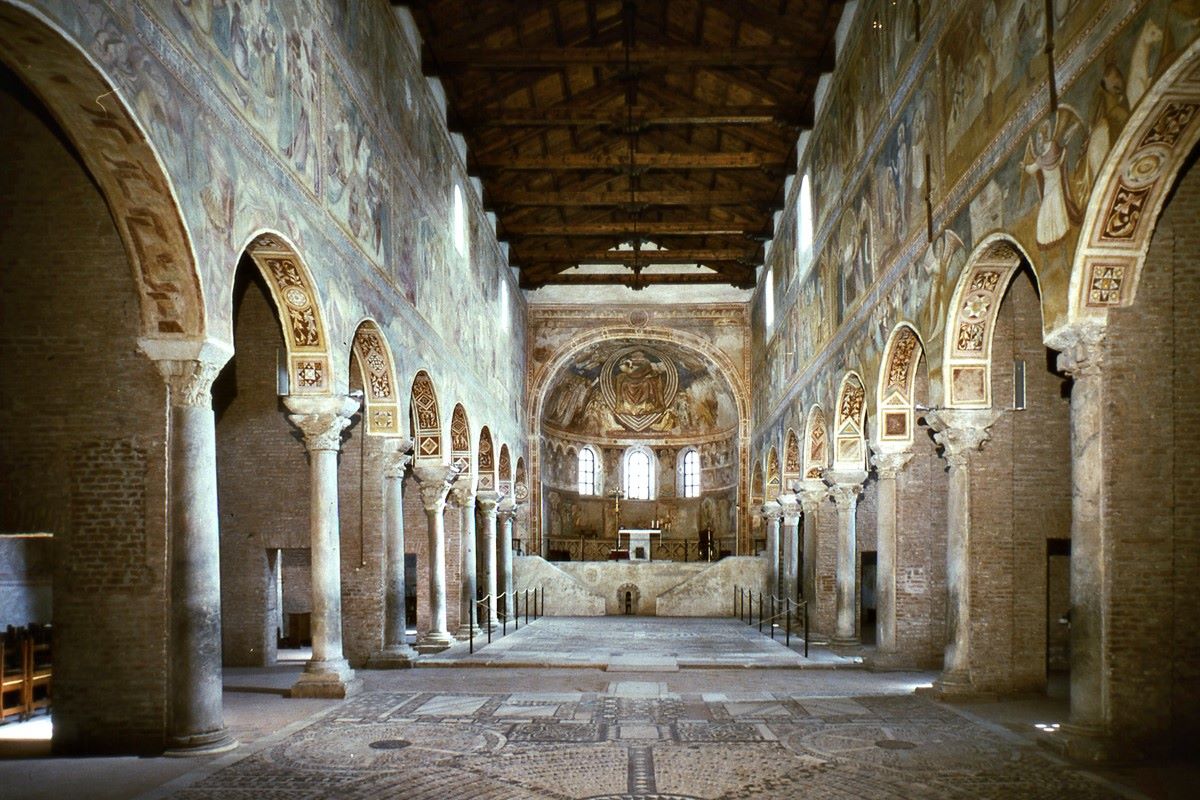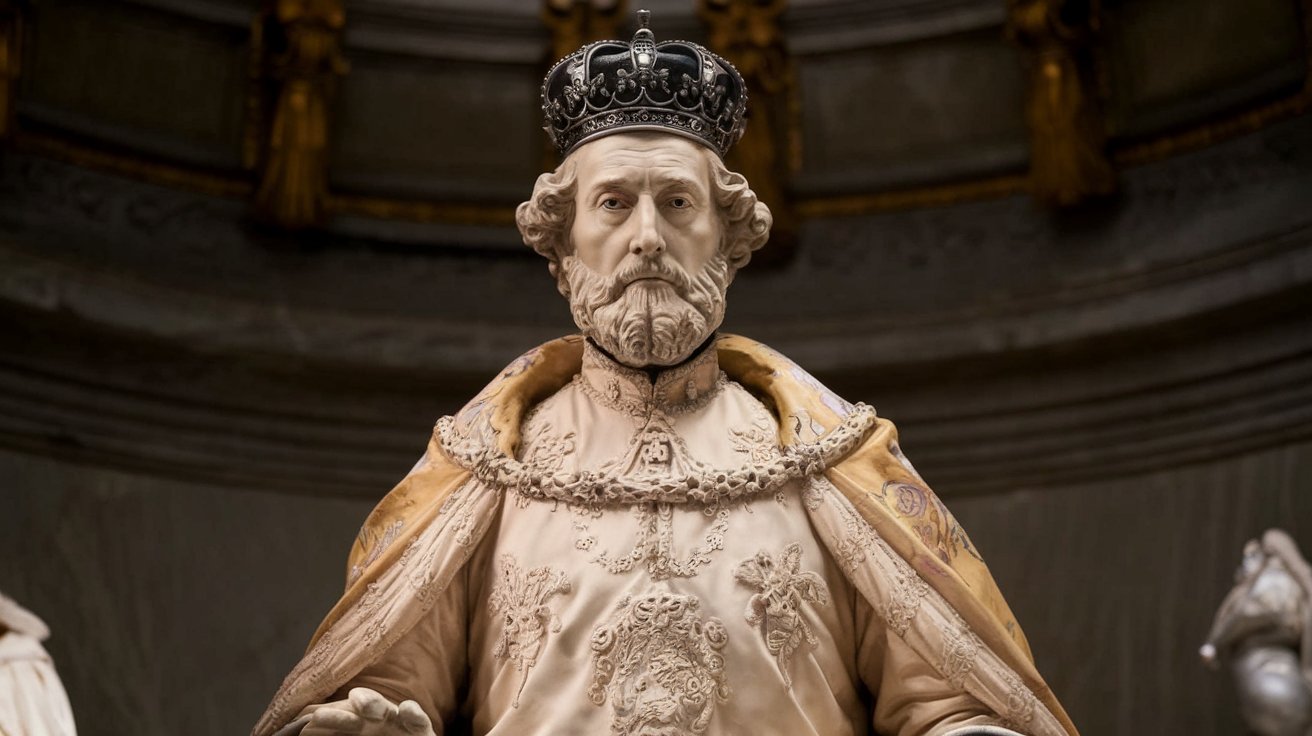
Pomposa Abbey stands as a testament to medieval architecture and monastic life. Located in northern Italy, this ancient Benedictine monastery has a rich history dating back to the 9th century. Why is Pomposa Abbey significant? It played a crucial role in the religious and cultural development of the region. The abbey's stunning frescoes, intricate mosaics, and towering bell tower attract history buffs and art lovers alike. Visitors can explore the serene cloisters, marvel at the ornate church, and imagine the lives of monks who once called this place home. Pomposa Abbey isn't just a historical site; it's a journey through time, offering a glimpse into a world where faith and art intertwined seamlessly.
Key Takeaways:
- Pomposa Abbey, founded in the 6th century, is a historic monastery in Italy with stunning frescoes, a rich library, and a bell tower that stands 48 meters tall, showcasing Romanesque architecture.
- Despite periods of decline, Pomposa Abbey has been restored and recognized as a UNESCO World Heritage Site. Today, it offers cultural events, educational programs, and serves as a research center for scholars.
The History of Pomposa Abbey
Pomposa Abbey, located in Italy, is a treasure trove of history. This ancient monastery has witnessed centuries of change and development.
- Founded in the 6th Century: Pomposa Abbey's origins date back to the 6th century, making it one of the oldest monasteries in Italy.
- Benedictine Monks: Initially, Benedictine monks inhabited the abbey, following the Rule of Saint Benedict.
- Strategic Location: Its location near the Po River made it a significant religious and cultural center during the Middle Ages.
- Charlemagne's Influence: Emperor Charlemagne granted the abbey special privileges in the 9th century, boosting its prominence.
- Architectural Evolution: The abbey's architecture evolved over centuries, showcasing Romanesque and Gothic styles.
- Famous Frescoes: The interior walls are adorned with stunning frescoes from the 11th and 12th centuries.
- Scriptorium: The abbey housed a scriptorium where monks meticulously copied manuscripts, preserving ancient texts.
Architectural Marvels
Pomposa Abbey is renowned for its architectural beauty. Each structure within the complex tells a story of artistic and engineering prowess.
- Bell Tower: The abbey's bell tower, built in the 11th century, stands 48 meters tall and is a prime example of Romanesque architecture.
- Basilica of Santa Maria: The main church, dedicated to Santa Maria, features a stunning mosaic floor and intricate carvings.
- Cloister: The cloister, with its elegant arches and columns, provided a peaceful retreat for the monks.
- Chapter House: This room served as a meeting place for the monks to discuss important matters and make decisions.
- Refectory: The refectory, where monks dined, boasts beautiful frescoes depicting biblical scenes.
- Crypt: The crypt beneath the basilica contains ancient relics and serves as a place of worship.
- Portico: The portico, with its graceful arches, welcomes visitors to the abbey.
Cultural Significance
Pomposa Abbey played a crucial role in the cultural and intellectual life of medieval Europe. Its contributions to art, music, and literature are noteworthy.
- Guido d'Arezzo: The abbey is closely associated with Guido d'Arezzo, a monk who revolutionized musical notation in the 11th century.
- Manuscript Illumination: Monks at Pomposa Abbey were skilled in manuscript illumination, creating beautifully decorated texts.
- Library: The abbey's library housed a vast collection of books and manuscripts, attracting scholars from far and wide.
- Pilgrimage Site: It became a popular pilgrimage site, drawing visitors seeking spiritual solace and inspiration.
- Artistic Hub: The abbey served as a hub for artists and craftsmen, fostering creativity and innovation.
- Educational Center: Monks provided education to local communities, teaching reading, writing, and religious studies.
- Cultural Exchange: The abbey facilitated cultural exchange between different regions, enriching the intellectual landscape.
Decline and Restoration
Like many historical sites, Pomposa Abbey experienced periods of decline and restoration. These phases are integral to its story.
- Napoleonic Suppression: During the Napoleonic era, the abbey was suppressed, and its properties were confiscated.
- Abandonment: The abbey fell into disrepair and was abandoned for several decades.
- Restoration Efforts: In the 19th century, restoration efforts began to revive the abbey's former glory.
- Architectural Preservation: Preservationists worked tirelessly to protect and restore the abbey's architectural features.
- Cultural Revival: The abbey's cultural significance was recognized, leading to renewed interest and investment.
- UNESCO Recognition: Pomposa Abbey was designated a UNESCO World Heritage Site, highlighting its global importance.
- Tourist Attraction: Today, the abbey attracts tourists from around the world, eager to explore its rich history and beauty.
Modern-Day Pomposa Abbey
Pomposa Abbey continues to be a place of cultural and historical importance in contemporary times. Its legacy lives on through various initiatives and events.
- Museum: The abbey now houses a museum showcasing artifacts and artworks from its storied past.
- Cultural Events: Regular cultural events, including concerts and exhibitions, are held at the abbey.
- Educational Programs: Educational programs and workshops are offered to visitors, promoting learning and appreciation of history.
- Research Center: The abbey serves as a research center for scholars studying medieval history and art.
- Community Engagement: Local communities actively participate in preserving and promoting the abbey's heritage.
- Spiritual Retreats: The abbey continues to offer spiritual retreats, providing a serene environment for reflection and meditation.
Final Thoughts on Pomposa Abbey
Pomposa Abbey stands as a testament to medieval architecture and religious history. Its frescoes and mosaics offer a glimpse into the artistic brilliance of the past. The bell tower, soaring high, showcases the engineering marvels of its time. Visitors can feel the tranquility and spirituality that have permeated the abbey for centuries. The library, once a hub of knowledge, reminds us of the abbey's role in preserving scholarship. Whether you're a history buff, an art lover, or someone seeking peace, Pomposa Abbey has something to offer. Its rich history and stunning visuals make it a must-visit. So next time you're in Italy, don't miss out on this gem. Pomposa Abbey isn't just a relic; it's a living piece of history waiting to be explored.
Frequently Asked Questions
Was this page helpful?
Our commitment to delivering trustworthy and engaging content is at the heart of what we do. Each fact on our site is contributed by real users like you, bringing a wealth of diverse insights and information. To ensure the highest standards of accuracy and reliability, our dedicated editors meticulously review each submission. This process guarantees that the facts we share are not only fascinating but also credible. Trust in our commitment to quality and authenticity as you explore and learn with us.


